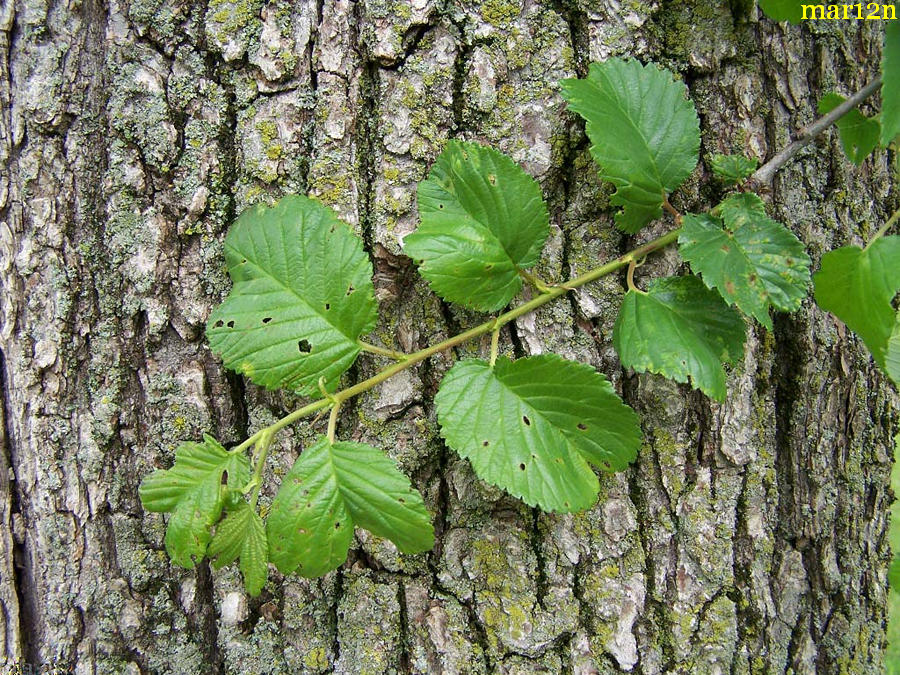Klemmer Holland Elm – Ulmus x hollandica ‘Klemmer’

Family Ulmaceae – Zelkova, Hackberry, Elm
Also commonly called Dutch Elm.
Once a very popular and long-lived (300+ years) shade and street tree in North America, Elms suffered a dramatic decline in the 1950s with the infestation of Dutch elm disease, a fungus spread by a bark beetle. The wood of the Elm is very hard and was a valuable timber tree used for lumber, furniture and veneer. The Indians once made canoes out of American Elm trunks, and early settlers would steam the wood so it could be bent to make barrels and wheel hoops. It was also used for the rockers on rocking chairs.
he Morton Arboretum, at Lisle, Illinois, is home to the largest Elm collection in North America. Under study, the collection includes almost all of the 22 Elm species native to China, a dozen of which show resistance to Dutch elm disease and elm yellows. The Arboretum in past years has bred and marketed five new elm varieties resistant to Dutch elm disease.
The 12 species being studied are: the Bergmann, Taihang Mountain (U. taihangshanensis), Tibetan (U. microcarpa), Anhui (U. gaussenii), Hebei (U. lamellosa), Harbin (U. harbinensis), corkbark (U. propinqua var. suberosa), plum-leaved (U. prunifolia), Chenmou (Ulmus chenmoui), Gansu (Ulmus glaucescens var. lasiocarpa), chestnut-leaved (U. castaneifolia) and David (U. davidiana var. mandshurica) elms.
These 12 Chinese trees are virtually unknown in the U.S., but are under close study at the arboretum. Dendrologist Emeritus and former research director Dr. George Ware, and Arboretum Assistant Director of Collections Kunso Kim are responsible for their observation and data collection. Their efforts may help ameliorate the effects of numerous maladies affecting trees around the world, such as Emerald Ash Borer, Oak wilt, Asian Longhorned Beetle, Pine Sawyer Beetle, et al.
“These and other problems underscore the urgent need for the Arboretum and others to continue seeking new species for urban use,” Kim says. The average lifespan of an urban tree is fewer than 10 years, according to Ware. But “planting hardier trees increases the likelihood of a longer life span and a greener world – a goal that has never been more important than now, with climate change upon us.”[3]
Family Ulmaceae – Zelkovas, Hackberries and Elms
Trees Index | Pine Family | Beech, Oak | Nut Trees | Birch Family | Magnolias
Tree Encyclopedia / North American Insects & Spiders is dedicated to providing family-friendly educational
resources for our friends around the world through large images and macro photographs of flora and fauna.

